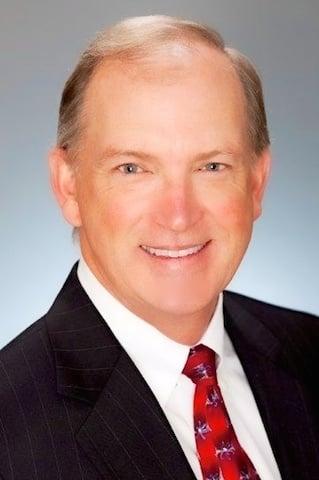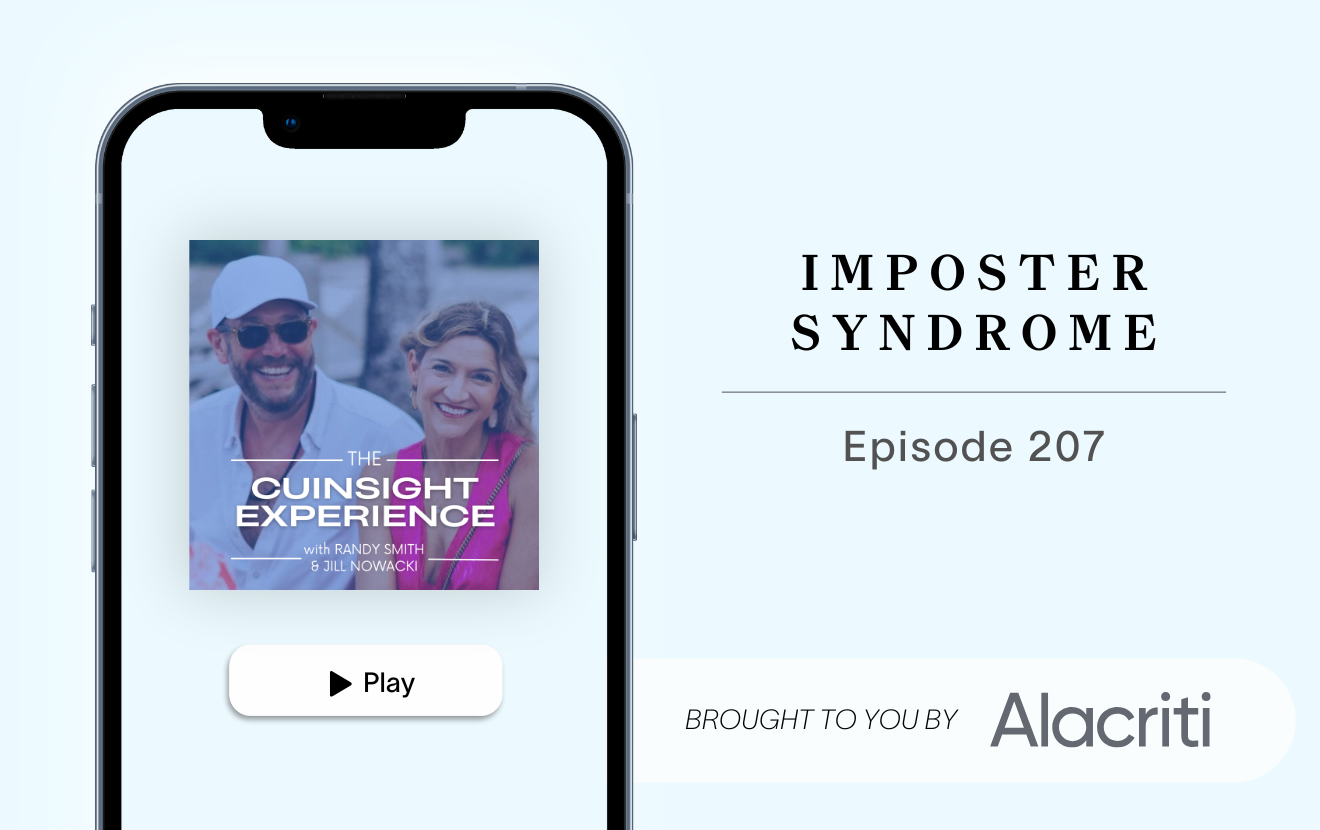At the core of the Credit Union Movement is a belief that an informed consumer will make the right choices with regards to their personal finance, and those choices will favor credit unions.
Financial literacy, therefore, is the linchpin to turn consumers into credit union members. Financial education is a complex undertaking, not one accomplished in a two-hour seminar or school auditorium presentation.
If a student is to be adequately prepared for making financial decisions, it requires a broad foundation of knowledge that spans money management to career choices, insurance, investing, and wise use of credit. Education alone is a complex task, one you could argue, better left to professionals.
But how do professional educators feel about applying their trade to delivering financial skills to their students?
In a recent study, “Bridging the Financial Literacy Gap: Empowering teachers to support the next generation,” undertaken by PricewaterhouseCoopers (PwC) one of the “Big Four” auditors and the second largest professional services firm in the world, they found that only 31% of teachers surveyed felt “completely comfortable” teaching financial education.
Millennial teachers, more than their seasoned colleagues, were found to be champions of financial education and actively seek support for financial education at twice the rate of other teachers.
The PwC study concluded by noting that “Teachers need appropriate curriculum materials, more professional development and more take-home resources to share with families.”
Credit unions, on the other hand, possess the knowledge and expertise to partner with professional educators but lack the human and financial resources to devote the time, material, and supplies to deliver the multiple sessions needed to result in financially literate students.
An opportunity exists for credit unions to partner with local schools, provide quality curriculum to meet educators’ needs, and pair traditional classroom delivery with experiential projects, modest grants, focused speaking engagements, investment simulations, and competitions to make the educational process fun and engaging for the students, teachers, and parents.
Resources are available to create the synergy both credit unions and educators are seeking. The Millionaire’s Club, a free program created by a credit union foundation and made available through a dedicated website,MillionairesClub.Org is one such program.
By combining various resources educators need while managing the human and financial demands of a fully-featured financial education program, a template has been created to allow credit unions to partner with schools and champion financial literacy in the communities they serve.







